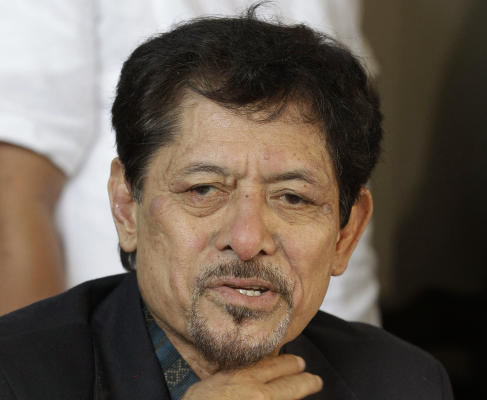Officials in the Philippine security forces said that a Norwegian man, previously held hostage by the al Qaeda-linked Abu Sayyaf extremist militant group in the southern Philippines since September last year, was freed on Saturday.
The group seized Kjartan Sekkingstad from an upscale resort on Samal island in Davao del Norte along with a Filipina, who has already been freed, and two Canadians, whom the militants later executed.
Abu Sayyaf, based in the south of the mainly Roman Catholic Philippines, is known for kidnappings, beheadings and extortion. It had initially demanded $21 million each for the detainees, but it later lowered the ransom to 300 million pesos each.
According to Reuters, the group released Sekkingstad in the town of Patikul in the Sulu Archipelago and he is now in the custody of Nur Misuari, founder of the Moro National Liberation Front (MNLF), in the regional capital Jolo, said Jesus Dureza, a peace adviser to the Philippines’ president.
“His first words when I spoke to him on the phone (were): “Thank you to President Duterte,” Dureza said in a statement. “His release from captivity capped months of quiet, patient but determined efforts with the assistance of all sectors.”
Major Filemon Tan, spokesman of the military’s Western Mindanao Command, said the release of Sekkingstad was the result of “intense” military operations against the Abu Sayyaf.
In Oslo, the government welcomed the development but remained cautious, noting that Sekkingstad was not yet in government custody.
“We are still working on this and we will not rejoice until Sekkingstad is safe and sound with Philippine authorities,” Norwegian foreign minister Boerge Brende said in an emailed statement to Reuters, adding that “it would likely happen tomorrow”.
“We are following the situation closely and are working together Philippine authorities to bring Sekkkingstad to safety,” he said.
Abu Sayyaf beheaded the two Canadians it seized last year with Sekkingstad, the first one in April and the other in June, after a deadline for the payment of ransom money lapsed. The Filipina victim was released in June.
It was unclear whether a ransom had been paid in exchange for Sekkingstad’s freedom, but it is widely believed that no captives are released by the group without it.
Security experts say brokers, messengers and go-betweens are involved at multiple levels, some taking substantial cuts. Payments are euphemistically called “board and lodgings”.
The group has made tens of millions of dollars from ransom money since it was formed in the 1990s, security experts say, channeling it into guns, grenade launchers, high-powered boats and modern equipment.
